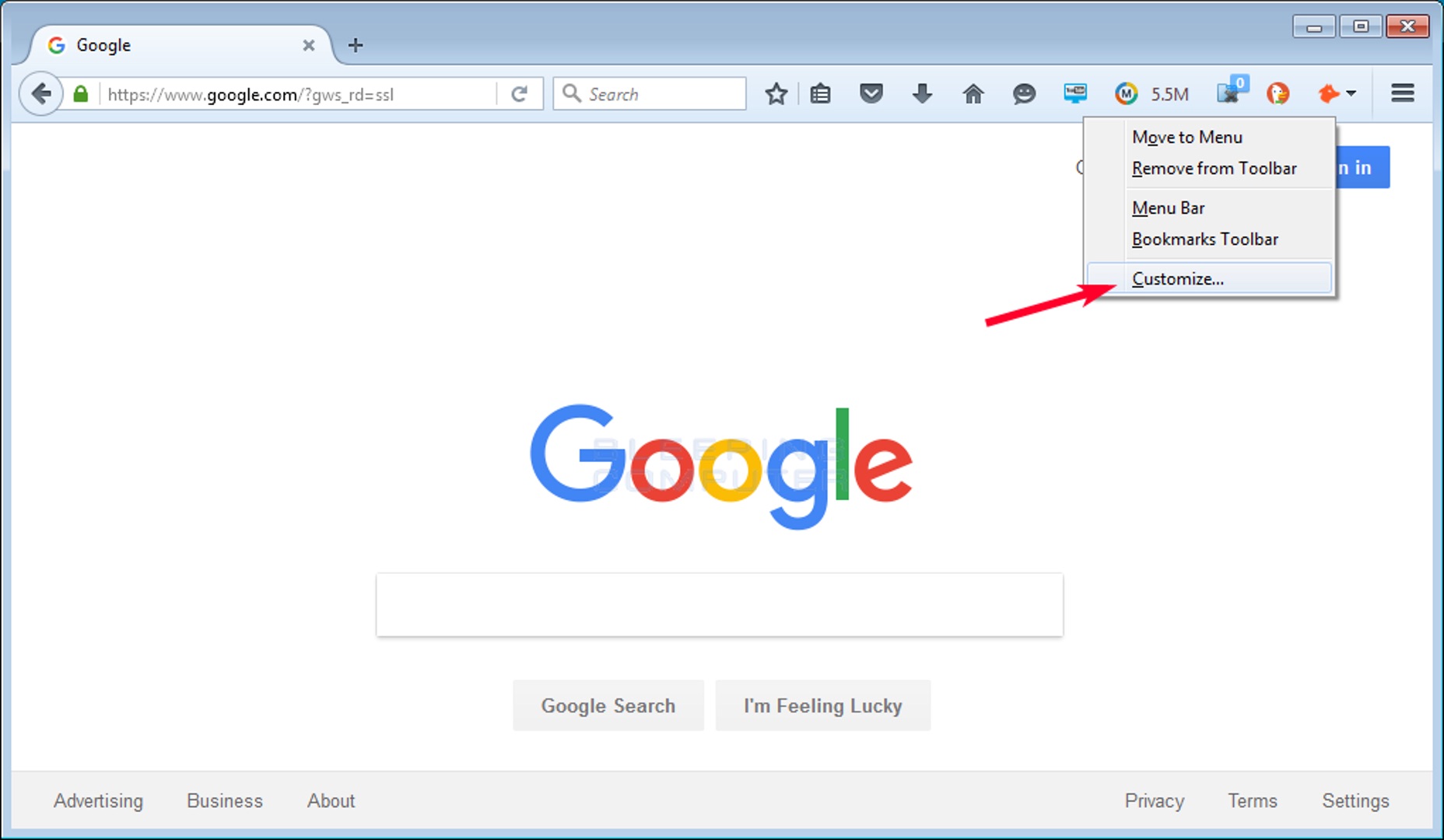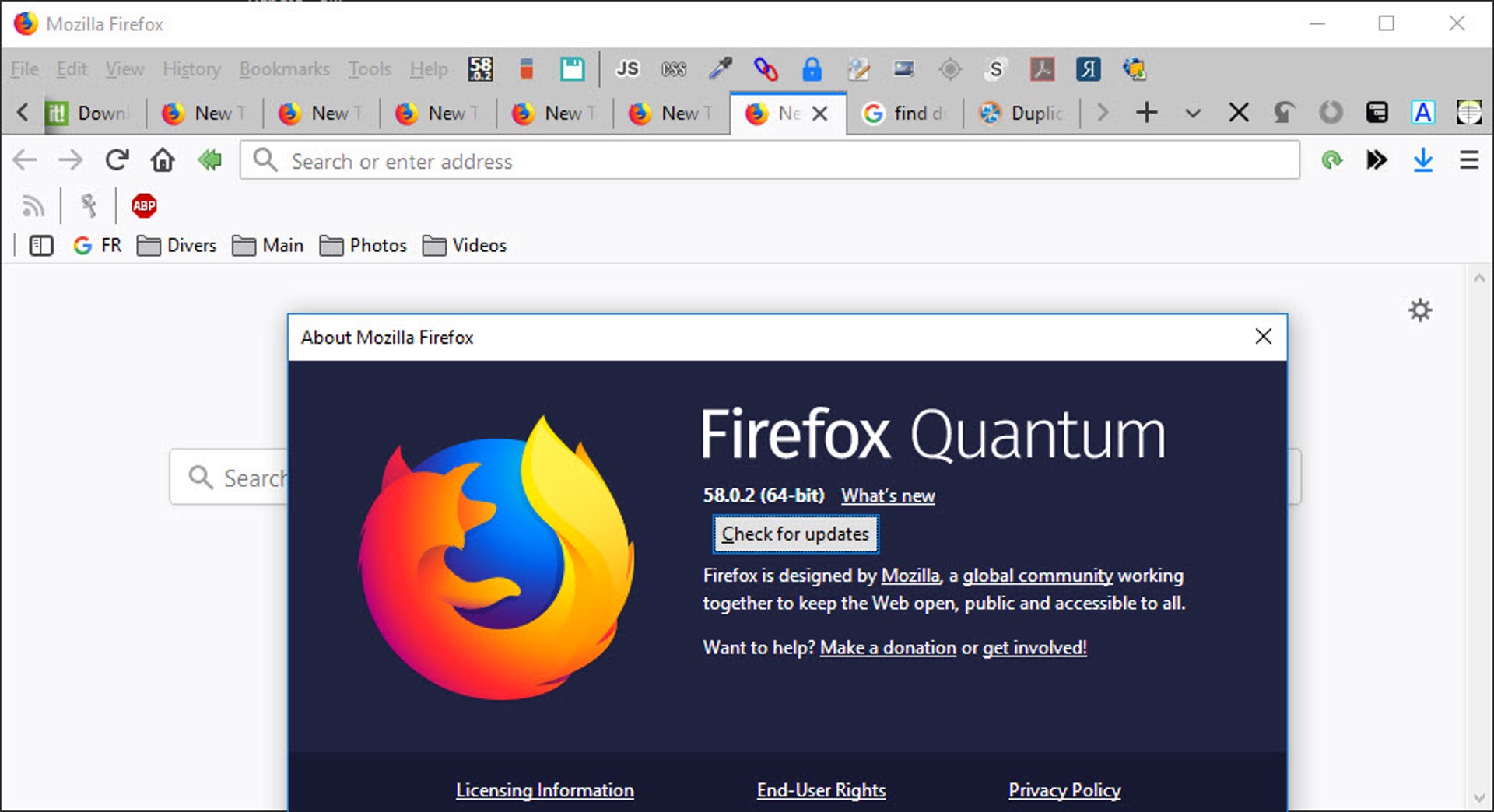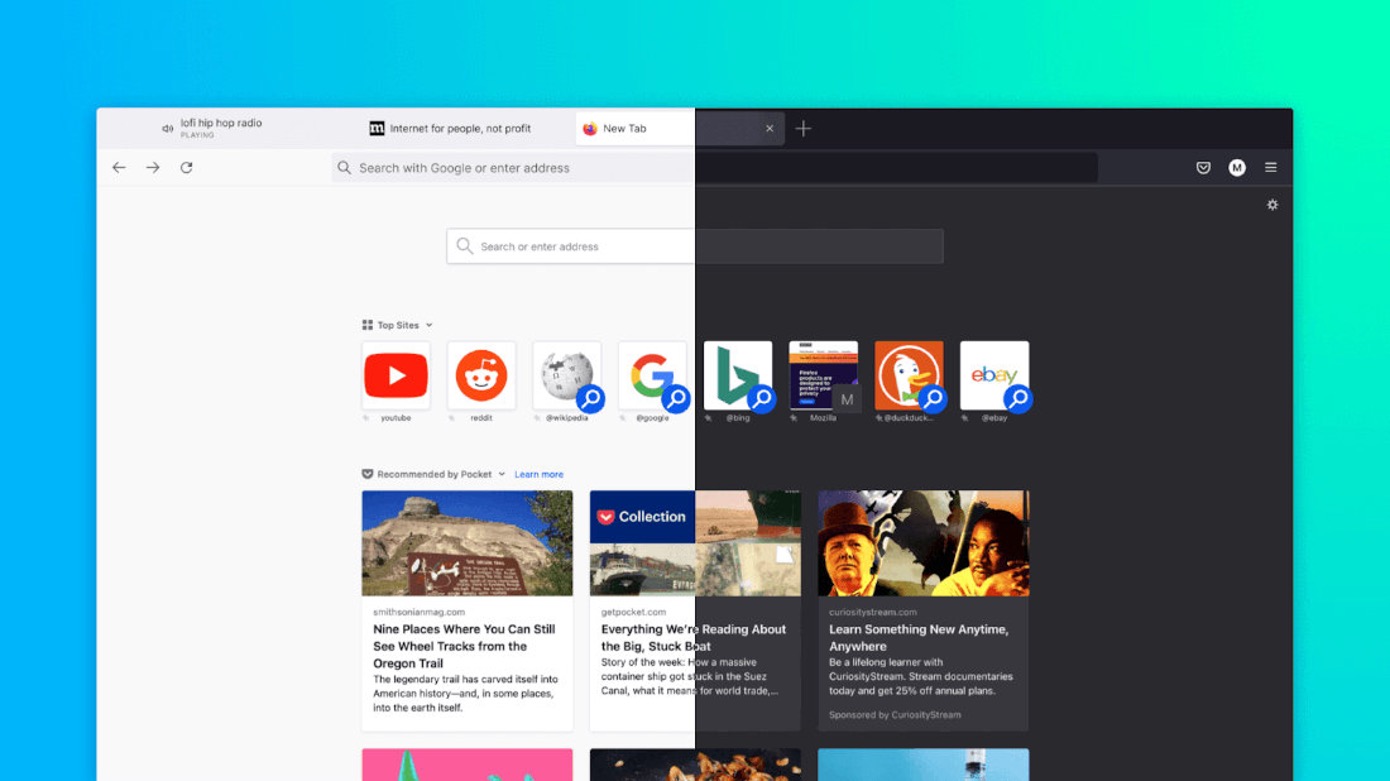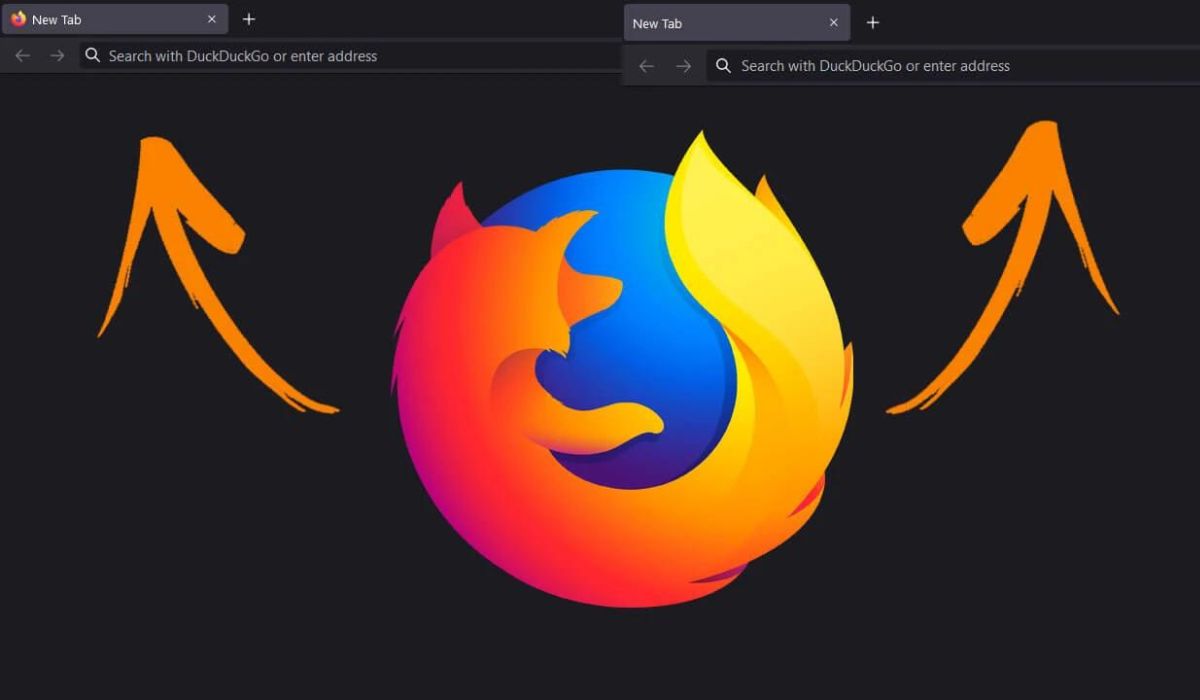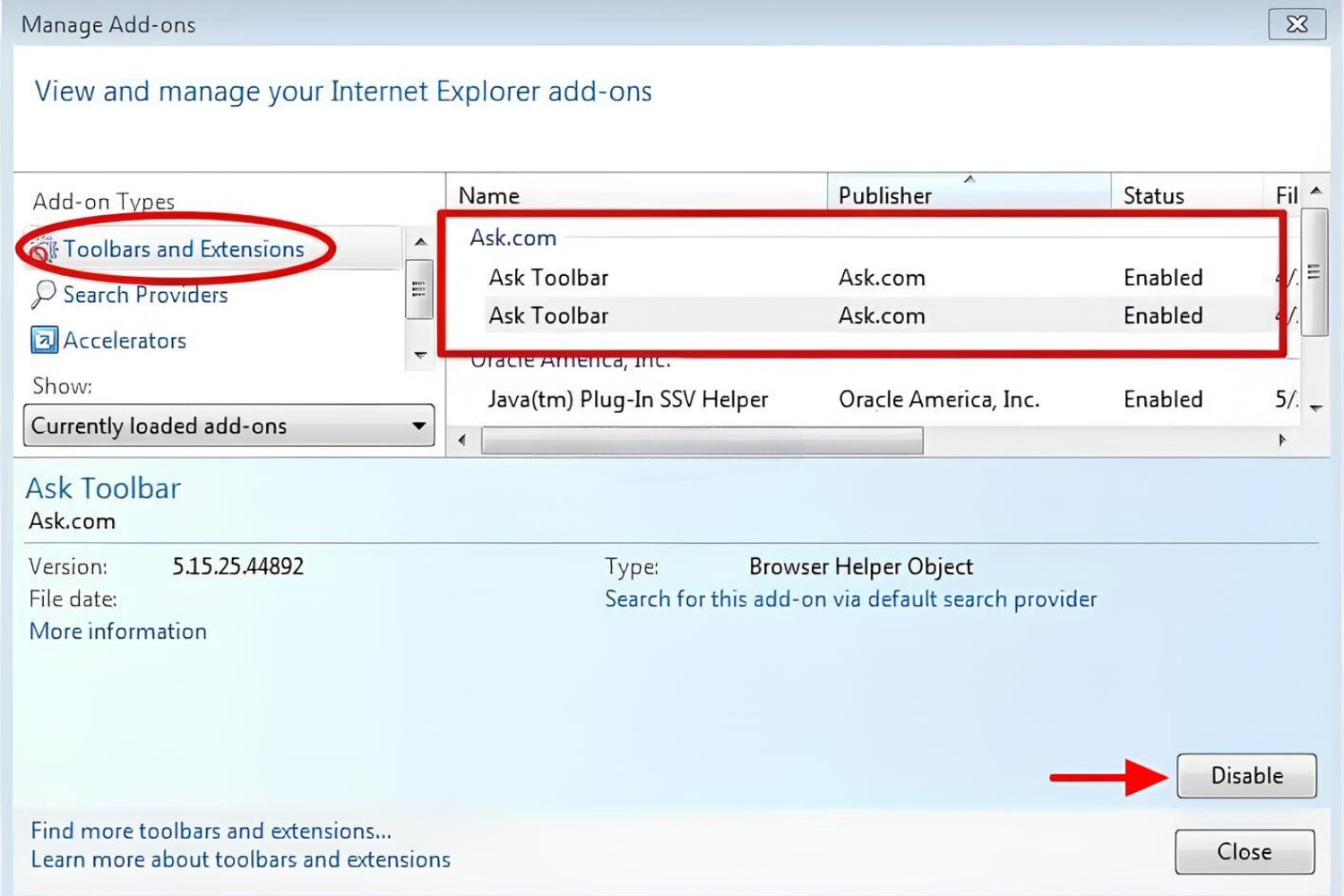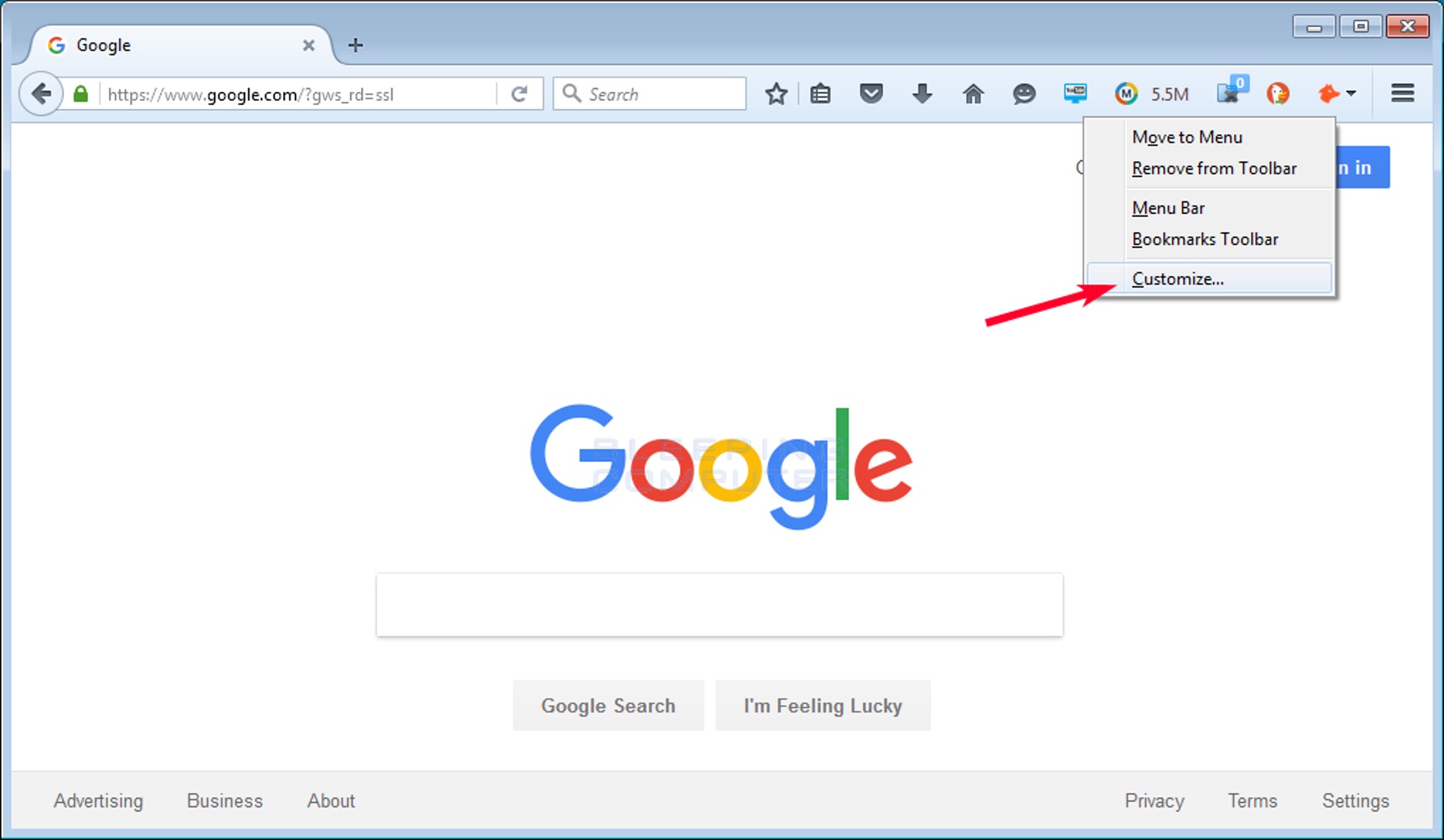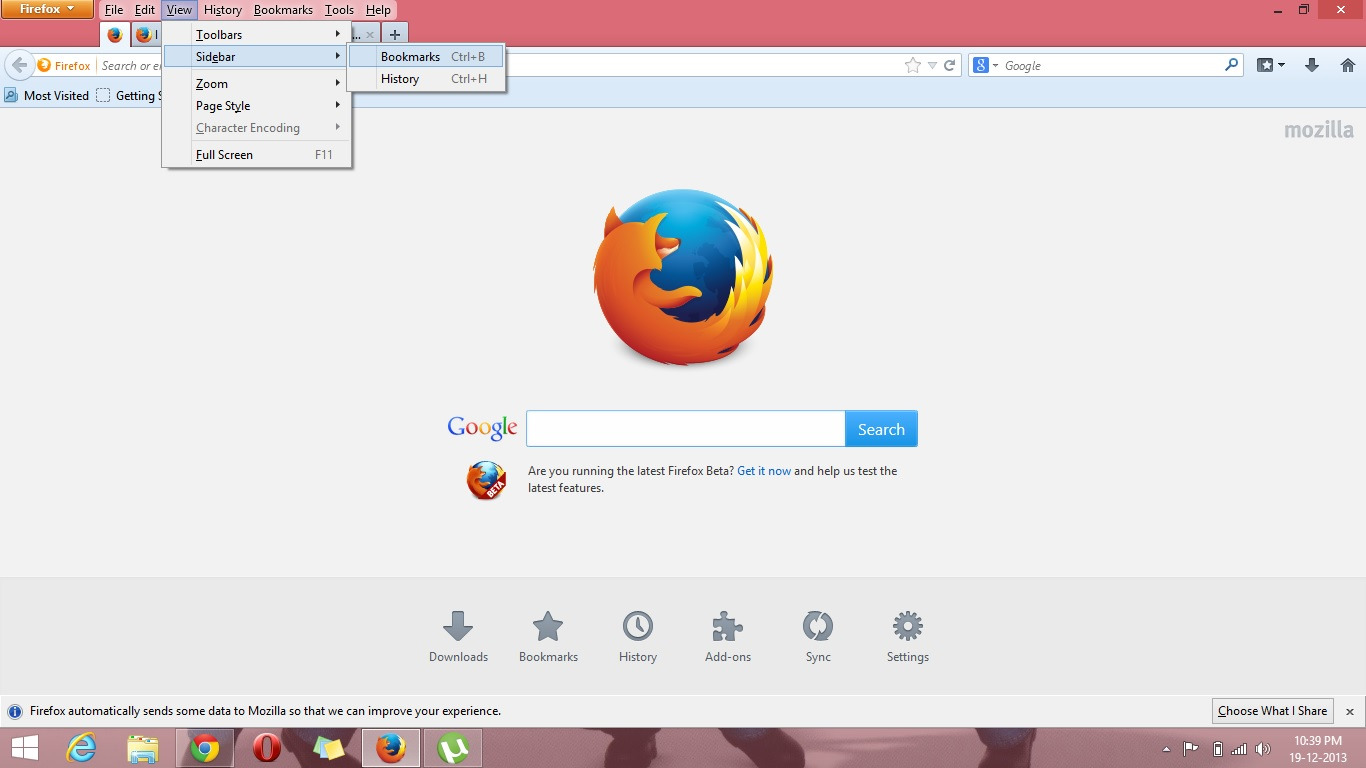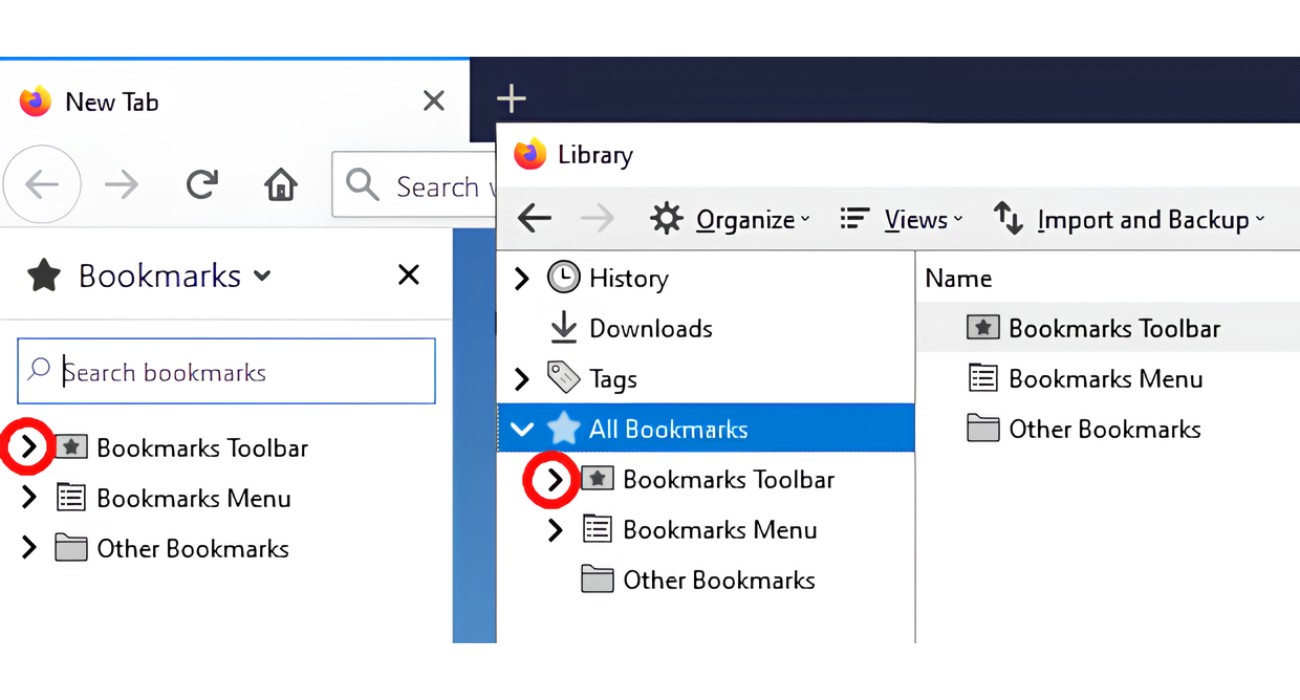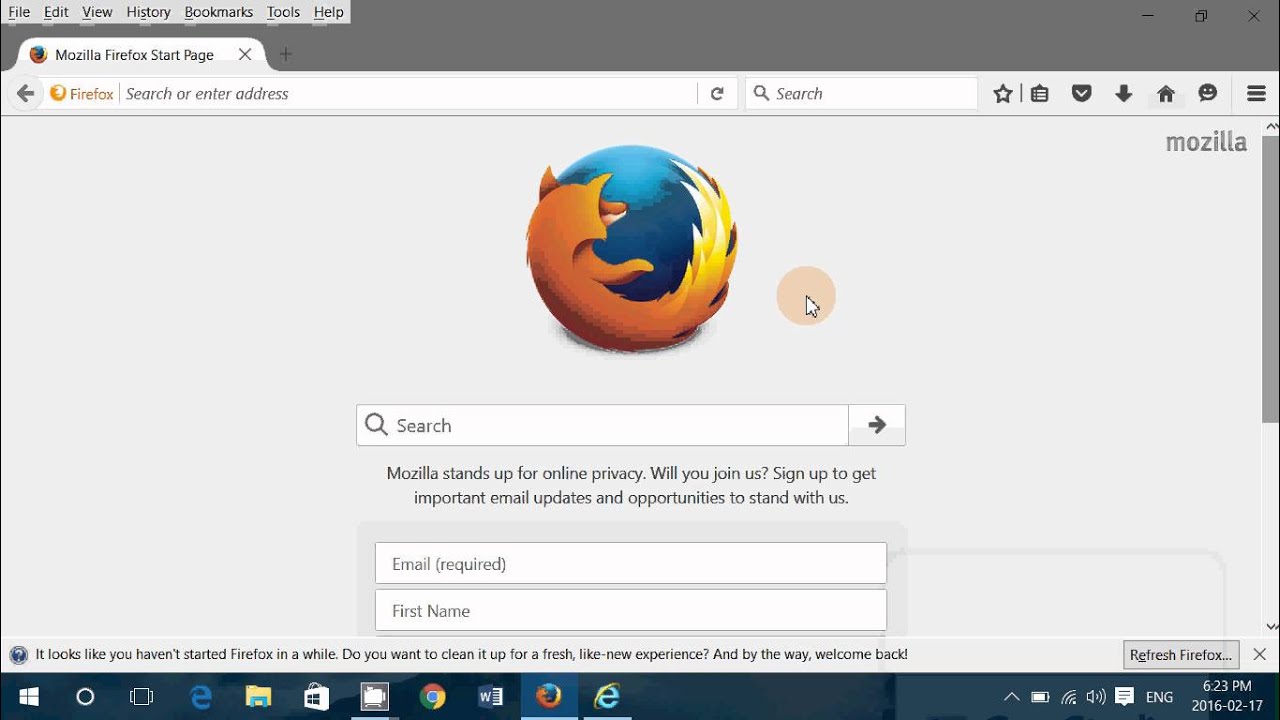Introduction
The Firefox toolbar is a vital component of the browser, providing quick access to essential features and enhancing the overall browsing experience. However, there are instances when the toolbar may become inadvertently modified or hidden, leading to frustration and a less efficient browsing experience. Fortunately, restoring the Firefox toolbar to its default settings or customizing it to suit individual preferences is a straightforward process that can be accomplished in just a few simple steps.
In this comprehensive guide, we will explore the step-by-step process of restoring the Firefox toolbar, ensuring that users can effortlessly regain access to their favorite tools and features. Whether the toolbar has been accidentally altered or intentionally customized and now requires a reset, this tutorial will provide clear instructions for achieving the desired toolbar configuration.
By following the instructions outlined in this guide, users will be empowered to take control of their Firefox browsing experience, ensuring that the toolbar aligns with their specific needs and preferences. Whether it's restoring the default toolbar layout or customizing it with frequently used tools, this guide will equip users with the knowledge and confidence to navigate the Firefox toolbar settings with ease.
Now, let's delve into the simple yet impactful steps that will enable users to restore and customize the Firefox toolbar, ultimately enhancing their browsing efficiency and convenience.
Step 1: Open Firefox
To begin the process of restoring or customizing the Firefox toolbar, the first step is to open the Firefox web browser on your computer. You can do this by locating the Firefox icon on your desktop or by searching for "Firefox" in the applications menu or search bar. Once you have located the Firefox icon, simply click on it to launch the browser.
Alternatively, if Firefox is pinned to your taskbar or dock, you can also open the browser by clicking on the Firefox icon located in the taskbar or dock area. Upon clicking the icon, Firefox will launch, and you will be greeted by the familiar and user-friendly interface that millions of users worldwide have come to rely on for their browsing needs.
Upon opening Firefox, you will be presented with the default homepage or the last page you were browsing. The browser window will display the address bar, tabs, and various other elements that form the Firefox user interface. At this point, you are ready to proceed to the next step in the process of restoring or customizing the Firefox toolbar.
Opening Firefox is the foundational step that sets the stage for the subsequent actions required to restore or customize the toolbar. By ensuring that Firefox is successfully launched, users can confidently move on to the next steps, knowing that they are well-positioned to access the necessary toolbar customization options within the browser's interface.
With Firefox now open and ready for interaction, users can seamlessly progress to the next step, which involves accessing the "Customize" menu to initiate the restoration or customization of the Firefox toolbar. This pivotal step sets the tone for the subsequent actions, guiding users toward a successful outcome in their quest to tailor the Firefox toolbar to their specific preferences and browsing habits.
Step 2: Access the Customize Menu
Accessing the Customize menu in Firefox is a fundamental step in the process of restoring or customizing the toolbar to align with individual preferences. The Customize menu provides users with a range of options to modify the toolbar layout, add or remove buttons, and personalize the browsing experience to suit their specific needs. Here's how to access the Customize menu:
-
Locate the Menu Icon: At the top-right corner of the Firefox window, you will find an icon consisting of three horizontal lines, symbolizing the menu. This icon is commonly referred to as the "hamburger menu" due to its resemblance to a stacked hamburger. Click on this icon to reveal a dropdown menu containing various options and features.
-
Select "Customize": Within the dropdown menu, you will find the "Customize" option, typically represented by an icon featuring a pencil or a wrench. Click on the "Customize" option to access the customization interface, which empowers users to modify the toolbar according to their preferences.
-
Navigate to the Customize Interface: Upon selecting the "Customize" option, Firefox will transition to the customization interface, where users can visually interact with the toolbar elements and make adjustments as desired. The interface presents a range of buttons, including those currently displayed on the toolbar and additional buttons that can be added to enhance the browsing experience.
Accessing the Customize menu is a pivotal step that empowers users to take control of their Firefox toolbar, enabling them to tailor the browsing experience to their liking. By following these simple instructions, users can seamlessly progress to the next phase of the process, which involves restoring the default toolbar layout or customizing the toolbar by adding, removing, or rearranging buttons to optimize their browsing efficiency.
With the Customize menu now accessible, users are poised to embark on the subsequent steps, confident in their ability to navigate the customization interface and make the necessary adjustments to the Firefox toolbar. This essential phase sets the stage for the forthcoming actions, ensuring that users can proceed with ease and precision as they work toward achieving their desired toolbar configuration.
Step 3: Restore the Default Toolbar
Restoring the default toolbar in Firefox is a straightforward process that allows users to revert to the original configuration, ensuring that essential buttons and features are readily accessible. Whether the toolbar has been inadvertently modified or extensively customized, restoring it to its default layout can be achieved with just a few simple clicks. Here's how to restore the default toolbar in Firefox:
-
Access the Customize Menu: Begin by accessing the Customize menu as outlined in Step 2. Click on the menu icon at the top-right corner of the Firefox window and select "Customize" from the dropdown menu. This will transition you to the customization interface, where you can make adjustments to the toolbar layout.
-
Restore Default Set: Within the customization interface, locate the "Restore Defaults" option, typically positioned at the bottom of the window. Clicking on this option will prompt a confirmation dialog, ensuring that you intend to restore the default toolbar configuration. Confirm the action, and Firefox will instantly revert the toolbar to its original layout, displaying the default set of buttons and features.
-
Review the Restored Toolbar: Once the default toolbar layout has been restored, take a moment to review the changes. The toolbar will now showcase the standard set of buttons and features, including the back and forward navigation buttons, the address bar, the refresh button, and other essential elements that form the core of the Firefox browsing experience.
Restoring the default toolbar in Firefox provides users with a quick and effective way to reset the toolbar to its original state, eliminating any unintended modifications or customizations. By following these simple steps, users can seamlessly restore the default toolbar layout, ensuring that essential browsing tools are readily accessible and optimizing the overall browsing experience.
With the default toolbar now successfully restored, users have the option to further customize the toolbar according to their specific preferences, as outlined in the subsequent step. Whether it's adding additional buttons, rearranging the layout, or personalizing the toolbar with frequently used features, Firefox empowers users to tailor the browsing experience to align with their individual needs and browsing habits.
Step 4: Customize the Toolbar
Customizing the toolbar in Firefox allows users to tailor their browsing experience by adding, removing, or rearranging buttons to align with their specific preferences and browsing habits. The customization process empowers users to personalize the toolbar, ensuring that frequently used features are readily accessible and enhancing overall browsing efficiency. Here's a detailed guide on how to customize the toolbar in Firefox:
-
Add or Remove Buttons: Within the customization interface, users can effortlessly add new buttons to the toolbar by dragging and dropping them from the customization palette onto the toolbar. Similarly, unwanted buttons can be removed by dragging them from the toolbar back to the customization palette. This flexibility enables users to curate the toolbar with the most relevant and frequently used features, optimizing their browsing experience.
-
Reposition Buttons: Firefox provides users with the ability to rearrange buttons on the toolbar, allowing for a personalized layout that aligns with individual preferences. By clicking and dragging buttons within the toolbar, users can easily reposition them to achieve a customized arrangement that enhances accessibility and convenience.
-
Add Additional Features: In addition to standard buttons, Firefox offers a range of additional features that can be added to the toolbar to further enhance the browsing experience. These features include the bookmarks button, the home button, the downloads button, and the new window button, among others. By incorporating these features into the toolbar, users can streamline their browsing activities and access essential functions with ease.
-
Utilize Extensions: Firefox extensions, also known as add-ons, provide a wealth of additional functionality that can be integrated into the toolbar. From ad blockers and password managers to productivity tools and language translators, Firefox extensions offer a diverse array of capabilities that can be seamlessly incorporated into the toolbar, expanding its functionality and catering to individual needs.
-
Save Custom Configurations: Once the toolbar has been customized to satisfaction, users have the option to save their custom configurations for future use. This ensures that personalized toolbar layouts and button arrangements can be retained across browsing sessions, providing a consistent and tailored browsing experience.
By following these steps, users can effectively customize the toolbar in Firefox, tailoring it to their specific preferences and optimizing their browsing efficiency. The customization process empowers users to curate a personalized browsing environment that aligns with their individual needs and enhances their overall experience with the Firefox browser.
Conclusion
In conclusion, the Firefox toolbar serves as a central hub for accessing essential features and tools, empowering users to navigate the web with ease and efficiency. Through the step-by-step process outlined in this guide, users have gained valuable insights into restoring the default toolbar layout and customizing it to align with their specific preferences. By following these instructions, users can confidently take control of their browsing experience, ensuring that the Firefox toolbar reflects their individual needs and browsing habits.
Restoring the default toolbar layout in Firefox provides a quick and effective solution for eliminating unintended modifications or customizations, ensuring that essential browsing tools are readily accessible. By accessing the Customize menu and utilizing the "Restore Defaults" option, users can seamlessly revert the toolbar to its original configuration, showcasing the standard set of buttons and features that form the core of the Firefox browsing experience.
Furthermore, the customization process empowers users to personalize the toolbar by adding, removing, or rearranging buttons, as well as incorporating additional features and extensions to enhance functionality. By curating a personalized toolbar layout that aligns with their specific preferences, users can optimize their browsing efficiency and streamline their online activities.
As technology continues to evolve, Firefox remains committed to providing users with a customizable and user-centric browsing experience. The ability to tailor the toolbar to individual preferences reflects Firefox's dedication to empowering users and ensuring that their browsing needs are met with flexibility and convenience.
By mastering the art of toolbar restoration and customization, users can unlock the full potential of the Firefox browser, creating a personalized browsing environment that caters to their unique requirements. Whether it's adding frequently used features, integrating extensions for enhanced functionality, or rearranging buttons for optimal accessibility, the Firefox toolbar stands as a versatile and adaptable tool that evolves alongside the user's browsing habits.
In essence, the process of restoring and customizing the Firefox toolbar is not merely a technical endeavor; it is a journey toward empowerment and personalization. By embracing the customization options offered by Firefox, users can craft a browsing experience that is uniquely tailored to their needs, ultimately enhancing their enjoyment and productivity while navigating the web.







